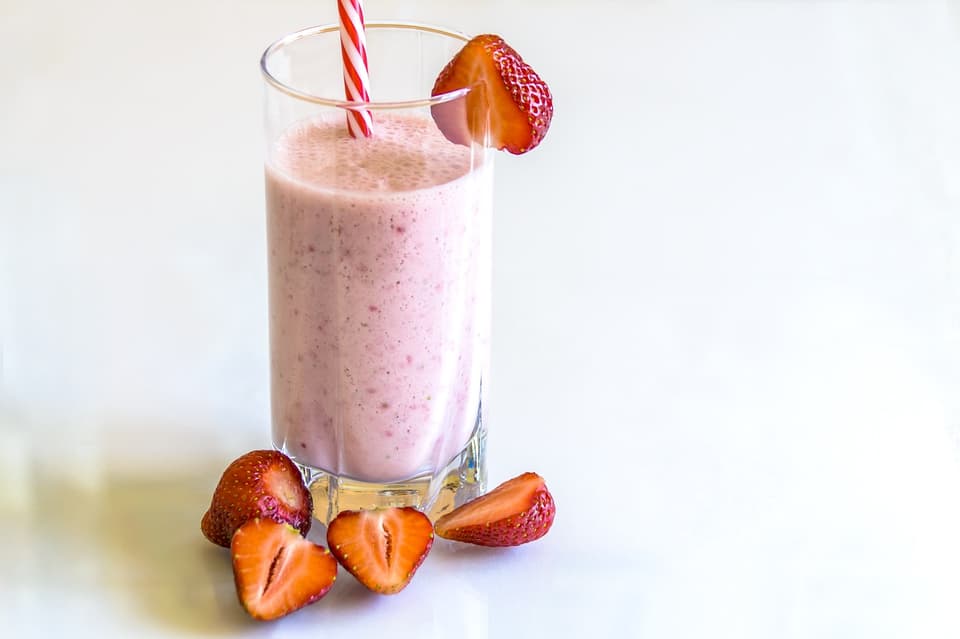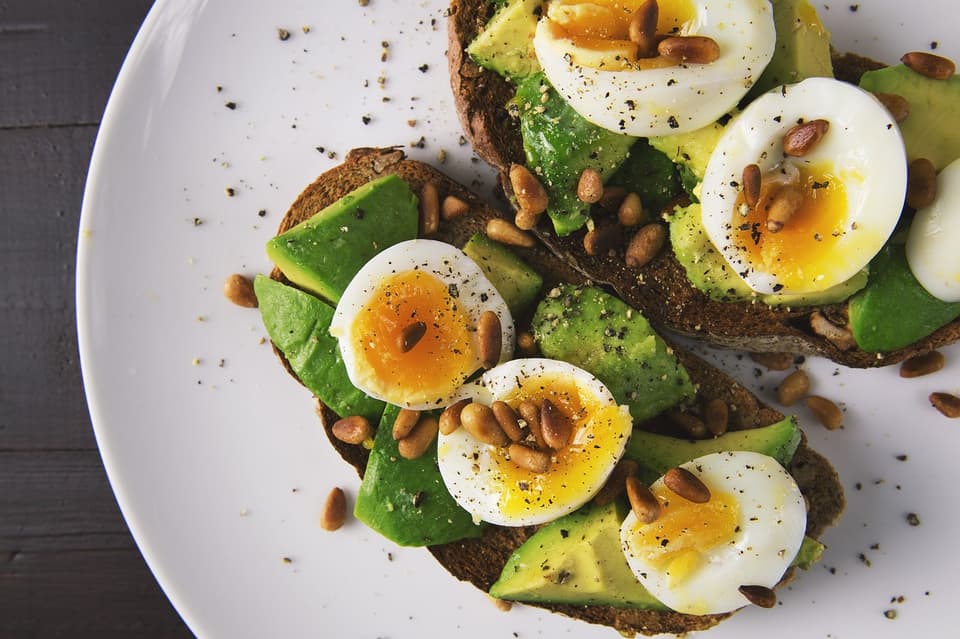Taking one of the prescribed semaglutide drugs, which naturally suppress appetite might sound like an easy shortcut to avoid falling off the weight loss wagon, but there are some dreadful side effects that come with the weekly self-administered pen injections. Nausea and vomiting are the most common symptoms but kidney and liver damage, gall bladder issues and pancreatitis are also harmful long-term side effects that some users experience, coupled with worries about piling back the pounds post-weaning off the medication. They can also cost around £300 a month.
These drugs, used by celebrities from Oprah Winfrey to Elon Musk, work by mimicking GLP-1, a digestive hormone that regulates blood sugar levels, reduces appetite and slows down digestion. It sounds like a weight loss no-brainer on paper but what many people don’t know is that certain food groups naturally increase production of GLP-1, which means that you could potentially garner the same effects without having to actually resort to Ozempic. It doesn’t take much effort – small upgrades to your diet could help promote stable weight loss without having to contend with nasty Ozempic side effects. Here’s what to do.
The more fermented foods, the better
Fermented foods contain live bacteria that help to nourish the gut microbiome, which could help to increase levels of GLP-1. As a rule, the more diverse your gut bacteria, the greater the satiety hormones you’re produce. Introduce portions of fermented food such as sauerkraut, kefir and live yoghurt slowly because if your digestive system is not used to fermented food, too much too soon can overwhelm the gut.

Making a smoothie with kefir can increase satiety
pixabay
Eat more oats, green bananas and rye
If you’re always feeling hungry, eat more fibre. Simply put, fibre flips the hunger switch by stimulating GLP-1. The best sources are fermentable fibres such as beta-glucan, which is found in oats, rye and barley, along with pectin which is a fibre found in the peel of apples and pears and greenish bananas. Gut bacteria break down these types of fibre into short-chain fatty acids which stimulate the release of GLP-1 in the bloodstream along with other satiety hormones such as leptin and peptide YY (PYY). These hormones help to naturally downgrade portion sizes whilst curbing the desire to snack in between meals.
Polyphenols such as celery and asparagus stimulate the Ozempic effect
We’ve all heard about the benefits of ‘eating a rainbow’ to fuel up on the vitamins and minerals that the body needs to stay healthy. Brightly coloured plants contain nutrients like antioxidants which are linked to very specific nutrients that support health, and polyphenols, a class of antioxidants found in an array of foods are considered a potent way to stimulate the Ozempic effect. They work by stimulating L-cells in the gut to increase secretion of GLP-1 in response to food intake, so noshing on polyphenol-rich fruits and veg like celery, apple and asparagus are all a great way to get your GLP-1 fix.

Asparagus, apples and other brightly coloured fruit and vegetables are rich in polyphenols
Pixabay
Increase the colour palette of your plate with a polyphenol-packed smoothie bowl for breakfast, or by adding a side salad to main meals. Interestingly, tea and coffee are also rich polyphenol sources so your morning cuppa could come with extra perks.
Olive oil and avocados help stimulate the same hormone as Ozempic
A balanced diet doesn’t equate to eating lots of one sole food group but is instead centred around a variety of different food categories. Healthy fats is one class of food that should not be overlooked – especially if you’re on a mission to lose weight. Healthy fats, in particular the monounsaturated and polyunsaturated fats that are crammed in olive oil, avocado, nuts and seeds and oily fish help to stimulate GLP-1 with one study showing that people with diabetes type exerted a higher GLP-1 response after a meal containing olive oil compared with one containing butter.
Protein is nature’s Ozempic (particularly egg whites)

Eggs, particularly egg whites, can mimic the effects of weight loss drugs
Pixabay
Not everyone knows this but protein is nature’s Ozempic. Protein is an essential macronutrient that we need to power every life stage, and it also plays a big role in weight management. A 2020 study found that in particular eggs, (which contain around 8g of protein per egg) help to increase GLP-1 secretion with the evidence concluding that the white part of the egg was the most beneficial. In order to scale up satiety, eat the protein content of your plate before your carbs to slow down digestion and glucose absorption.













